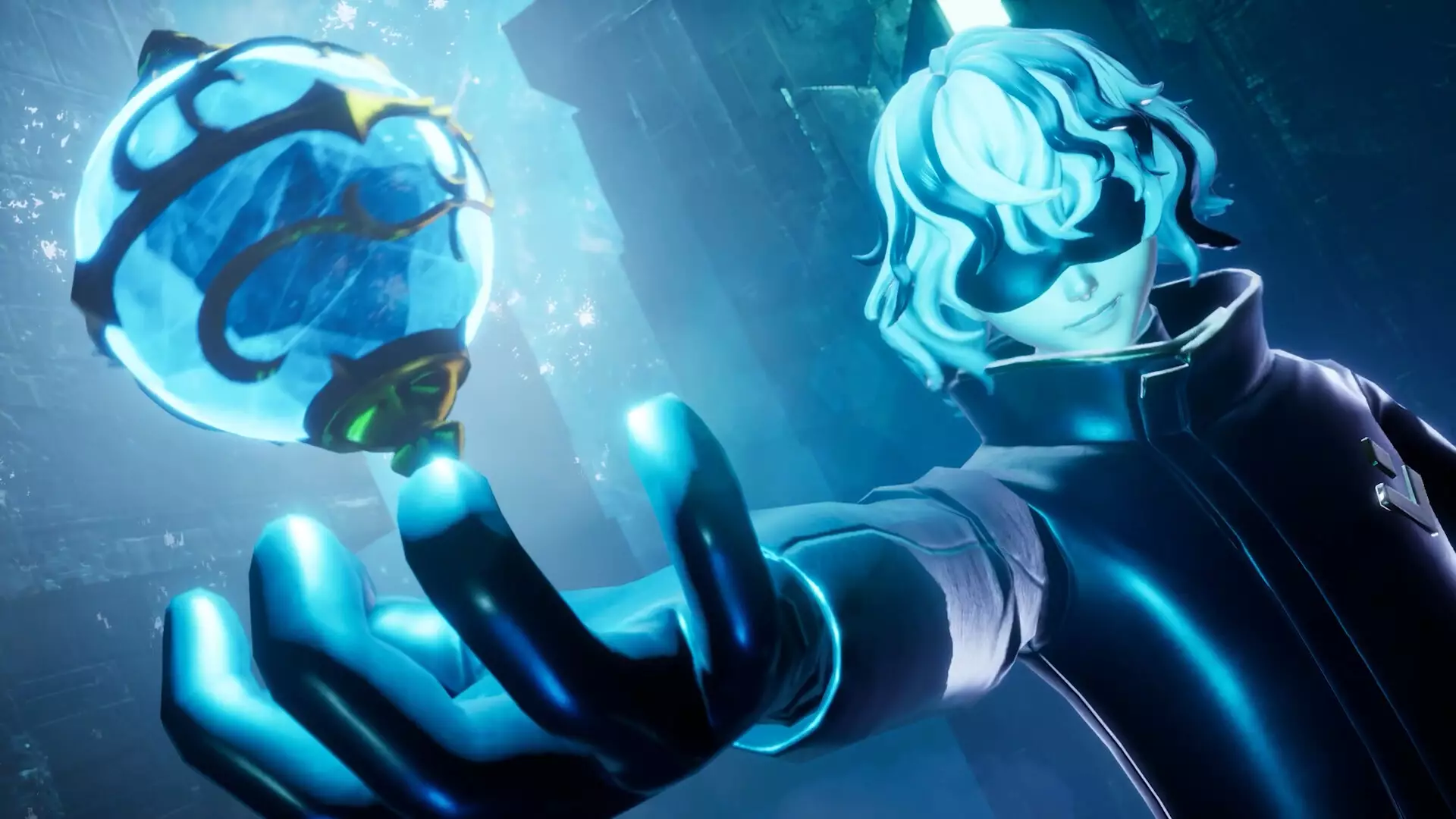In the pulsating heart of the gaming world, where success is often measured in millions of players and endless streams of content, lies a profound misunderstanding about the complexity of game development. The rush for new material in massively popular titles like Helldivers 2 and Palworld has led many fans to underestimate the time and effort required to deliver fresh experiences. This commonly held belief that games can and should churn out content at a relentless pace serves a crucial narrative, one filled with the urgency of satisfying insatiable player appetites. Yet, those at the helm of these popular games wield their knowledge to illuminate the harsh realities of their trade.
John Buckley, the community and publishing manager for Palworld, opens a window into the frustration developers face when their timelines are misconstrued. “I think people have very unrealistic expectations of timelines,” he admits. It’s an assertion that could easily resonate with any developer caught in the crossfire of passionate players and their immediate cravings for new adventures. The temptation for fans to equate smaller studios with juggernauts like Fortnite is both tempting and misguided; players often forget that the extensive teams working on blockbuster titles have vast resources, elaborate systems, and years of planning behind them.
Content Creation: A Slow Burn
The creation of a new island in Palworld, for example, isn’t just a whimsical endeavor—it’s a laborious process that can span half a year. Buckley highlights the dichotomy of instant gratification versus painstaking development, noting the barrage of negative comments that can arise in anticipation of new releases. The insightful complexity of this situation reveals why robust communication between developers and the gaming community becomes essential. Educating players about the meticulous nature of the development process is a necessary step in fostering a more appreciative environment, where fans understand the nuances behind the curtain rather than merely waiting impatiently for the next product drop.
In a world rife with immediate feedback—especially in online forums—impatience can plague even the most diligent development teams. Players might overlook the painstaking planning and execution required to craft a single element of gameplay. A simple character or a new feature might come across as easily implementable, but each decision is often fraught with cascading consequences that can alter the game in unexpected ways.
Artistry in Development: The Meticulous Craft
Johan Pilestedt, creative lead at Helldivers 2, encapsulates the intricate relationship defined between creativity and functionality. “If you think about when movies are made, you get an actor and they’re there and you tell them what to say,” he offers insightfully, drawing a vivid parallel. While the film industry may command a more direct approach to creation and storytelling, game development demands rigorous attention to detail. Each element, from environment design to character dynamics, must be sculpted with precision, a process often overlooked by eager consumers.
As Pilestedt indicates, the implications of adding or altering game attributes are hardly superficial; they can generate reverberations throughout the entire design architecture. This chain reaction of effects presents developers with a daunting challenge: every enhancement risks disrupting the delicate balance of gameplay. It forces them to navigate a labyrinth of consequences, where what might seem like an innocuous adjustment could turn a well-designed game into chaos.
Communication: A Pathway to Understanding
The challenge of communicating these intricacies may be one of the greatest hurdles developers face. Games are not merely a product; they are a cherished community space where players and creators converge. Striking a balance between community input and the logistical realities of game development is no easy feat. Developers walk a tightrope, balancing the need to engage with passionate players while also managing unrealistic expectations.
Ultimately, fostering empathy for the developers’ plight can enhance user experience. As players begin to understand the timeline and resource constraints involved in creating beloved worlds, they may cultivate a deeper appreciation for the artistry behind their favorite games. The dialogue between creators and the community must evolve—becoming a bridge that connects passion with patience, ambition with realism. In doing so, players may not only enjoy the fruits of creators’ labor but also embrace the journey involved in making these immersive experiences.

